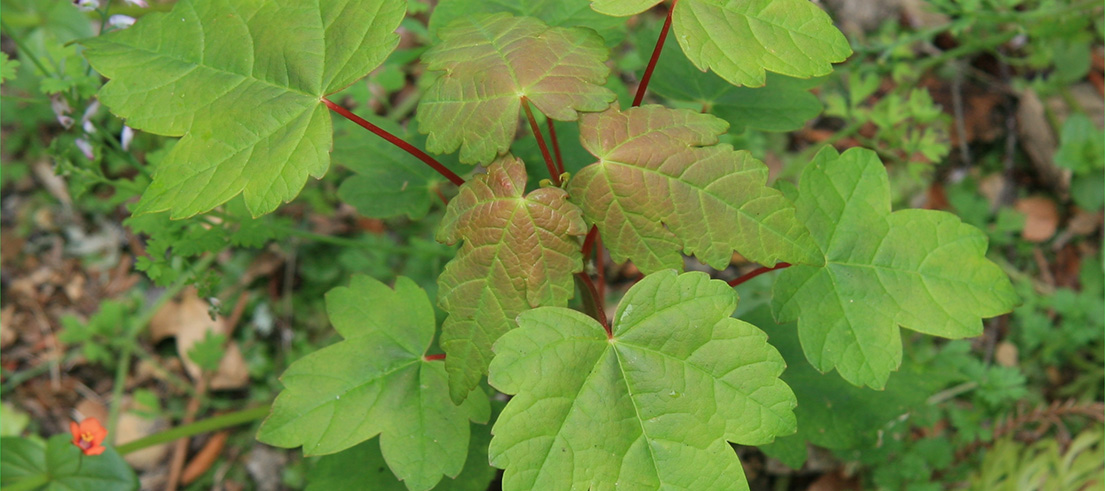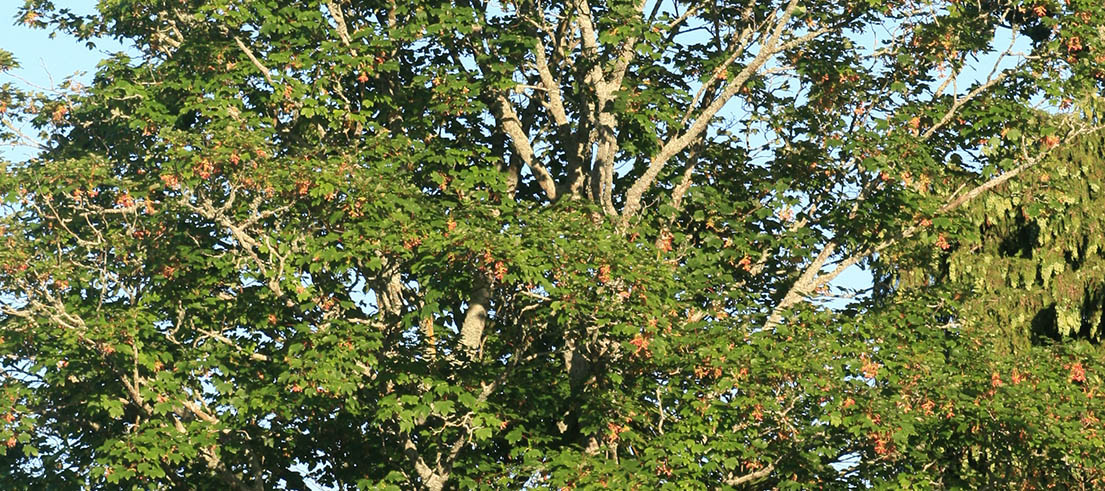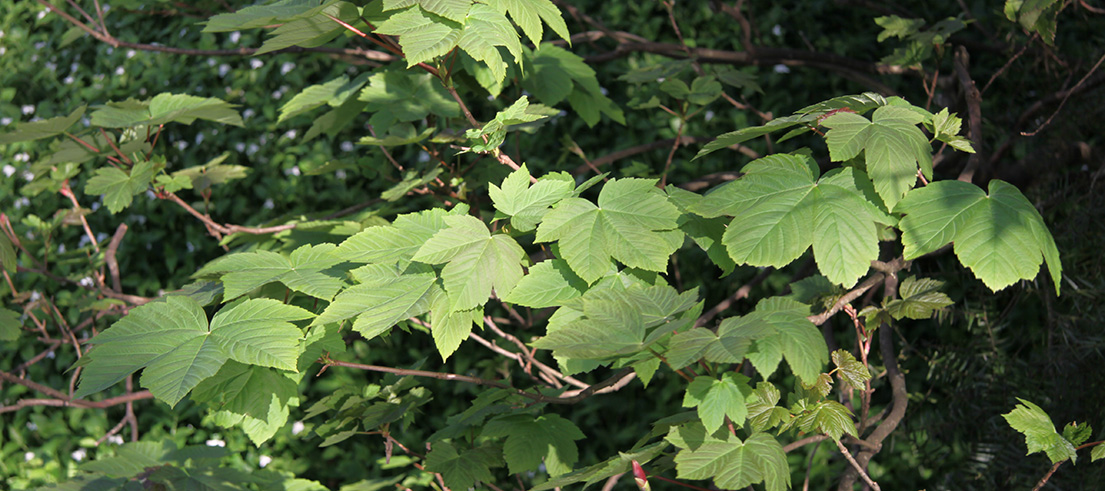A medium-large deciduous tree growing up to 35m tall. The trunk is grey and smooth, becoming rough with age, while the leaves are large, leathery, toothed on reddish stalks. Flowers are small, yellow-green in hanging clusters in spring.
Description
- Seeds are winged, borne in pairs, and dispersed by wind, gravity and water.
- Habitats include open areas, forest and riparian margins, scrub, plantations, wasteland, gardens and roadsides.
What you need to know
Forms dense stands, outcompeting and displacing native plants.
Management approach
Community Led
These organisms have not been legally declared as pests but may be of interest to the public as they occur regularly in the environment. They may be capable of causing adverse effects to the values of Waitaha/Canterbury.
- Consider removing this invasive species from your property and consulting your local council for appropriate disposal.
- Consider lower-risk alternatives for your garden, such as native plants.
Control
Site management
- Always treat standing plants, do not cut them down as this will stimulate new growth.
- Allow to fully die before felling.
- Follow up treated areas three times per year.
- Encourage natural regeneration of native plants or replant treated areas after two to three treatments to establish dense ground cover and minimise reinvasion.
Physical control
- Dig out.
- Plant parts requiring disposal: All parts.
- Contact your local council for appropriate disposal locations.
Chemical control
Certified handler/experienced agrichemical user:
- Bore and fill by drilling one hole (sloping downward) every 10cm around the trunk and fill with herbicide gel containing metsulfuron-methyl, glyphosate or picloram.
- Cut trees low to the ground and paint the remaining stumps with herbicide gel containing metsulfuron-methyl, picloram or triclopyr and picloram combination.
- Foliar spray with 0.5g metsulfuron-methyl plus 3ml penetrant per 1L water. Use this method during the full leaf stage only.
Caution: When using any herbicide or pesticide please read the label thoroughly to ensure that all instructions and safety requirements are followed.
Biological control
Biological control is currently not available for this species.
Safety notes
- Large trees must not be drilled that are closer than 1.5 times the height of the tree from paths, walkways and property.
- Trees over 4m in height should be removed by a qualified arborist.












